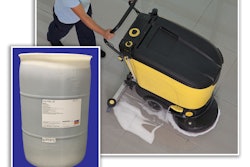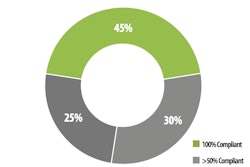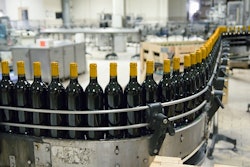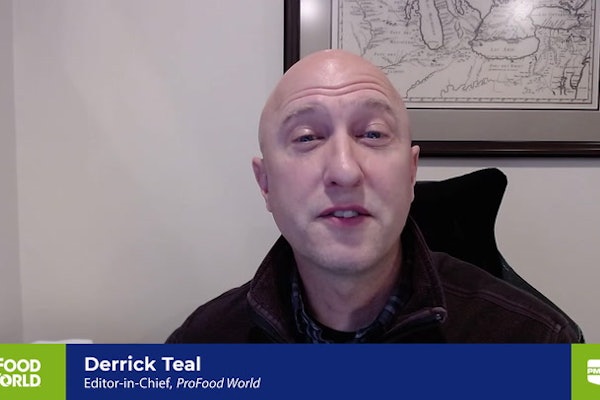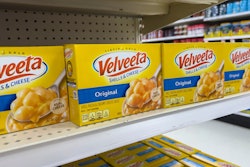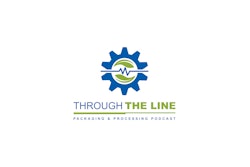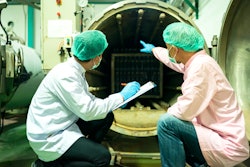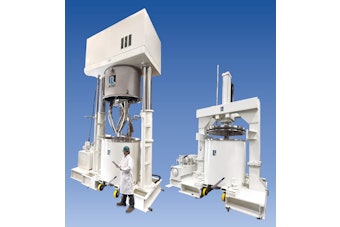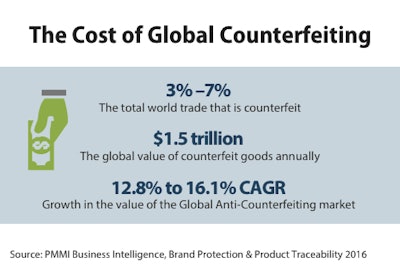
According to estimates from The Organization for Economic Co-Operation and Development, in 2016 the cross-border counterfeit market accounted for between $461 billion and $1.7 trillion. When you include internet infringements, in-country sales, and indirect losses to governments and consumers, the counterfeit market could easily exceed the $1.7 trillion estimate.
In the next five years there is significant growth forecast for the global anti-counterfeiting packaging market with compound annual growth rates 12.8% to 16.1%. This is two to three times the CAGR for food, beverage and pharmaceutical products.
Pharmaceuticals top the list for counterfeit products, but food holds the number four position. North America accounted for half the total growth of anti-counterfeit food packaging in 2014.
Costs and impact of counterfeiting include: health and safety risks, possible recalls, lost trade and tax revenue, cost to seize, store and destroy adulterated products, increased sending on counter measures, and dilution of brand value. Unfortunately, counterfeit revenues are often used to support labor exploitation and organized crime. Penalties for counterfeit medicines are significantly lower than those of illegal drug dealing, making fake meds a low-risk criminal activity.



